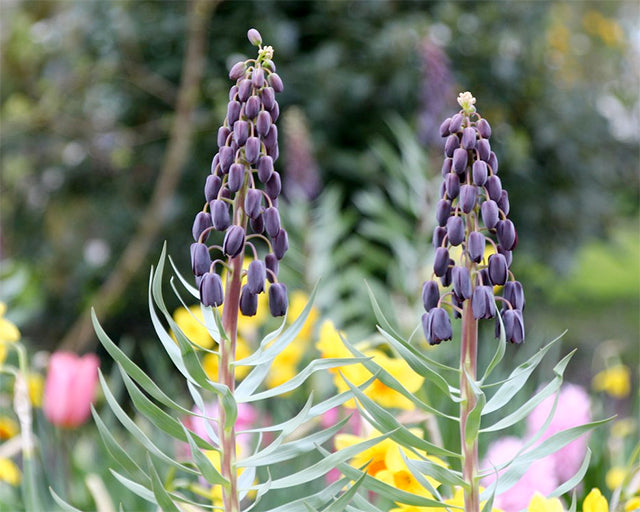
Head for the Heights – Grow Tall Flowers!
The best borders in in the world wouldn’t look half as good without being jam-packed full of beautiful flowers all at different heights. Tall flowers play a very important role, towering behind lower-growing varieties and adding that much-needed extra dimension. What’s more, tall-flowering bulbs for autumn planting are often quite narrow in habit, so they add that sought-after fullness without taking up too much foot room. Plus, the closer the flowers are to head-height, the more you can enjoy them!

Fritillaria persica 'Twin Towers Tribute'
You don’t have to be an expert gardener to achieve a professional-looking planting scheme that’s full of lushness, colour and all-round pizazz throughout the year. Simply head for the dizzy heights by planting tall varieties like alliums, eremurus and camassia and you’ll find that they’re actually very easy to grow. Plus, there’s no need to worry too much about the tall stems beginning to flop. Super-strong Dutch bulbs produce upright and sturdy stems, which makes the show all the more effortless and rewarding!
You don’t have to have a huge garden with big borders to grow tall flowers. Many varieties, with their narrow, upright habit, are just as suitable for growing in small gardens, plus there are all sorts of tall varieties that will do just fine in containers so you can enjoy them on a patio, terrace or courtyard garden too. What’s so great about growing tall flowers from flower bulbs in a small space is that they bring a nice sense of seclusion which is often needed in small, overlooked or urban gardens.
The best tall-flowering bulbs
There are lots of tall plants to choose from, all providing unmissable garden interest. To help inspire you, here are some of the best, easy-to-grow bulbs for adding height to your planting schemes.
- ALLIUMS (view all)
These bold beauties are just the job for bringing late-spring interest the garden – perfectly timed for filling the colour gap that’s often missed between spring and summer. Depending on which variety you grow, you can expect big globe flowers generally at a height of around 50cm - 1.5m, but some varieties, like ‘Summer Drummer’ reach a giant height of up to 2.5m!
- NECTAROSCORDUM SICULUM (view)
These impressive flowers are almost like a firework display, producing an explosion of attractive pendulous blooms from the top of a sturdy, tall stalk. Growing to a height of around 90cm, they’re best suited for growing in groups in borders behind lower-growing bulbs, or dotted around in shrubberies or with ornamental grasses where the blooms will nod gently.
-
EREMURUS (view all)
If height is what your garden needs, see in the summer with these colossal beauties. These fabulous plants certainly don’t do things by halves - Eremurus produce multiple, huge upright flower spikes up to 2m tall, providing a contrasting structure among other plants in the border as well as striking, exotic looks. Known as the Foxtail Lily, these flower spikes are densely populated with masses of blooms and does quite rightly look similar to a fox’s bushy tail. Flowering from early to mid-summer, eremurus will be the perfect jump-start for your summer garden, plus the blooms are a magnet for bees and other pollinating insects.
- FRITILLARIAS (view all)
Impress your friends and neighbours with tall-flowering Crown Imperial fritillarias. These majestic plants are certain to deliver the wow factor – grow a bold and brazen swathe of these vibrant jewels in your borders and they’ll provide all you need in terms of a bright pop of colour at a stately height.

Fritillaria imperialis 'Rubra'
-
URGINEAS (view all)
Also known as Sea Squill, this Mediterranean plant is ideal for coastal gardens or rocky, exposed sites – conditions where other tall plants might struggle. But you don’t need extensive grounds to grow this little slice of the Med – you could grow it just as well in a sunny courtyard or any hot, dry small garden. Urginea loves a sun and thrives in poor soil, as long as it’s good and free-draining. The tall flower spikes are really spectacular, growing to a height of up to 70cm, they shoot up in summer and put on a really grand display with their purple stems and densely-packed little white blooms, each with a zesty lime-green centre.
These lovely plants aren’t often seen growing in the UK, but despite their more exotic background, it is pretty hardy in warmer parts of the country. It’s easy to and reliable to grow, given the right conditions. Choose a sunny spot with well-drained soil and plant the bulbs with the neck exposed in autumn. Give them a good soak every day for the first few weeks, then when the weather starts to cool down you can ease up on the watering and leave them to it over winter. To be on the safe side, it’s a good idea to start the bulbs off in pots in autumn and grow them on in a frost-free place, then plant them outside the following spring. Once established, they should be ok left in the ground the following winter.
- CAMASSIAS (view all)
This wonderful plant has long-been a gardeners’ favourite for providing upright structure, colour at a height, late-spring interest and, quite simply, ravishing good looks! Traditionally in shades of blue or white, you can now get them in pink and purple too. The tall spires grow up to around 70cm and hold elegant star-like flowers. If you have a meadow area in your garden, Camassia should be an essential part of it.

Camassia leichtlinii 'Blue Donau'























































































































































































































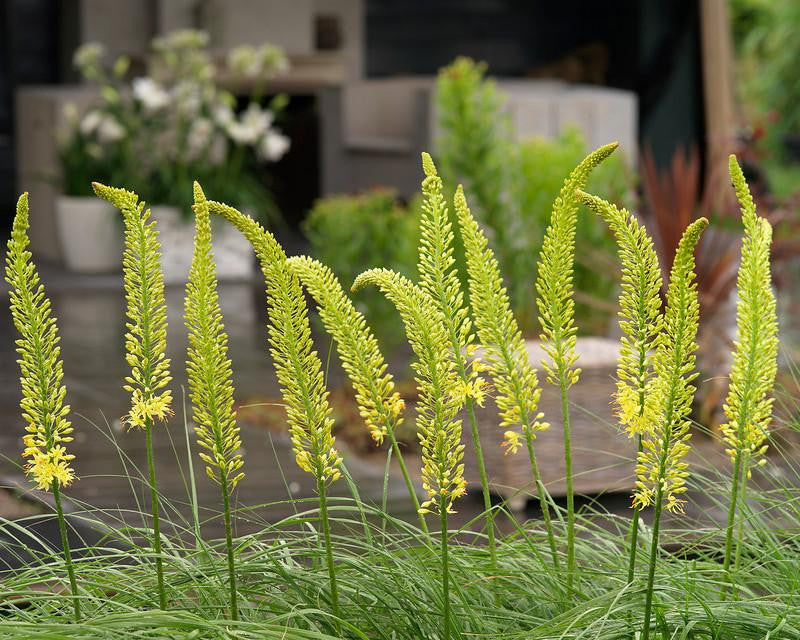

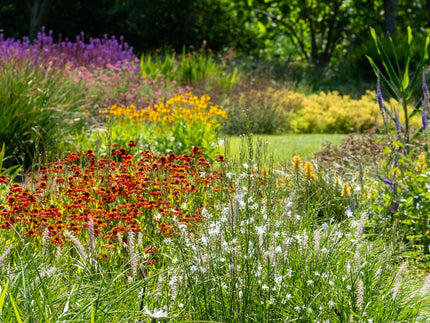
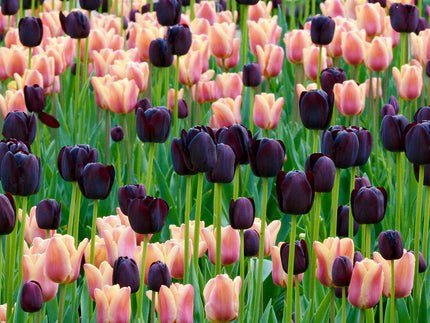
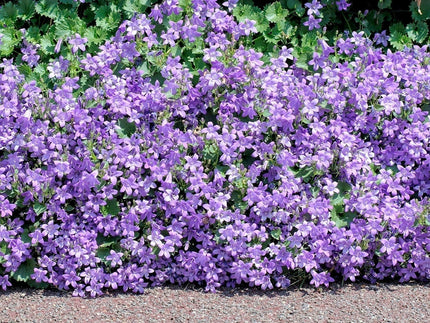
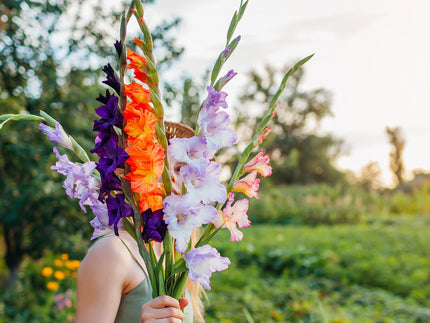
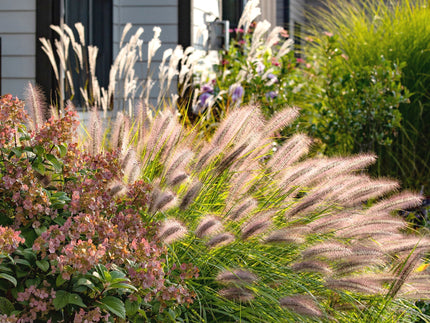
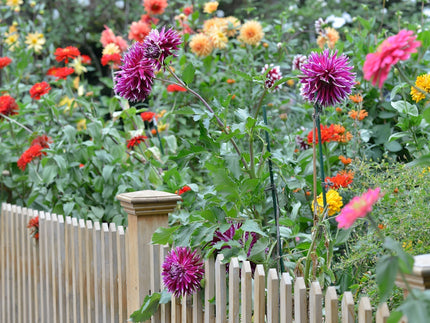
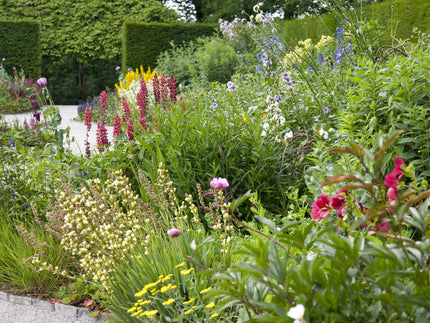
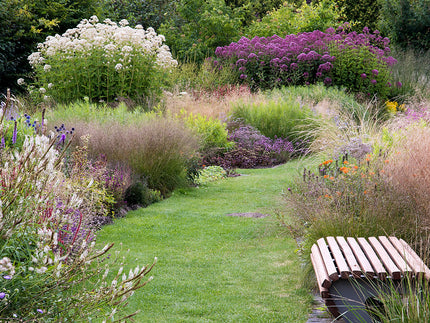
1 comment
I have Nectaroscordum siculum bulgaricum (allium) they have just appeared but unfortunately they have mostly all flopped and do not give a nice display can you tell me what’s wrong with them are the bulbs not plated deeply enough your advice would be welcome before I purchase more.
Thanks
I Smith